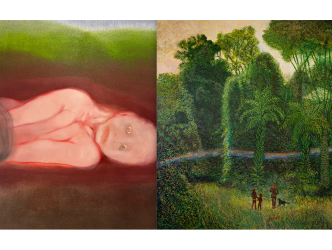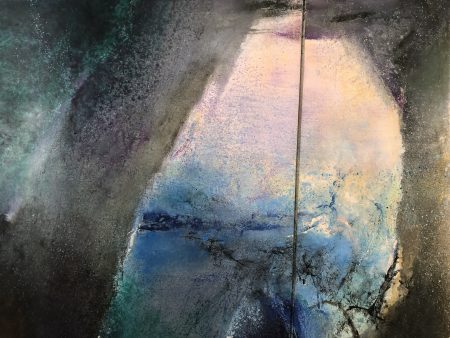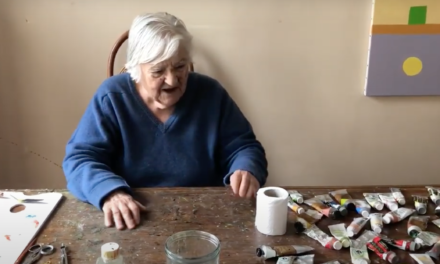In Paris, a stone’s throw from the Boulevard Saint Germain, an exceptional new show has just opened that looks into the creative process behind Dutch masterpieces of 17th century.
It involved a police-like investigation of history to locate the drawings that helped to create paintings during what is known as the Dutch Golden Age.
The show is being held at the Fondation Custodia, directed by a former Rijksmuseum curator, Ger Luijten.
The exhibition, with minor variations, was previously at the National Gallery in Washington. It brings together 120 works, among them 25 paintings.
Ger Luijten explains the challenges and the difficulty-factor in holding such an exhibition:
The highlight is a section set aside for the superstar of the art world, Rembrandt. It contains a painting usually be found hanging in Berlin – a crowd scene at night, with John the Baptist preaching at its centre, seemingly illuminated by God.
The exhibition’s detective-curators uncovered eight preliminary drawings for this painting in the labyrinthine collections of old master drawings around the world.
Rembrandt studied each character’s pose as well as the harmonious marriage of positions between them.
How should the holy man raise his arm to convey his eloquence?
What expression should he give the multitude of characters in the audience?
They’re alternately serious, sceptical, indifferent… dressed as archers with feathers in their hair or scribes in high hats.
Ger Luijten explains how Rembrandt gave his students readings from the Bible to illustrate as an exercise so they could ‘imagine the scenery, the composition and the emotional dimension of the action.’
Luijten underscores the importance of drawing in the works of the Dutch Golden Age.
The exhibition’s appeal is also in the fact that all the different styles of painting flourishing at the time are represented here.
Salomon de Bray (1597-1664), known for his portraits, depicts two tightly swaddled twins in around 1646. The work belongs to the Scottish National Gallery in Edinburgh, but the Pierpont Morgan Library of New York has a sanguine sketch of the babies with their eyes closed.
Pieter Jansz Saenredam’s (1597-1665) speciality was church interiors that offer sublime perspectives composed with an infinitude of curves.
Near an oil painting loaned from Washington is an aquarelle of the same subject from the British Museum and an ink drawing that can usually be found in Haarlem. Each sketch is based on the building’s actual measurements.
Hendrick Avercamp (1585-1634) who seems like he spent his life representing masses of skaters on frozen canals, was born deaf-mute, and honed his craft by drawing the characters who populate his compositions. Near to one of his winter scenes, which has come from Los Angeles, are three studies on the same subject that once belonged to the queen of England.
This is a small foray into the secrets of the masters.
Until 7 mai. http://fondationcustodia.fr.




